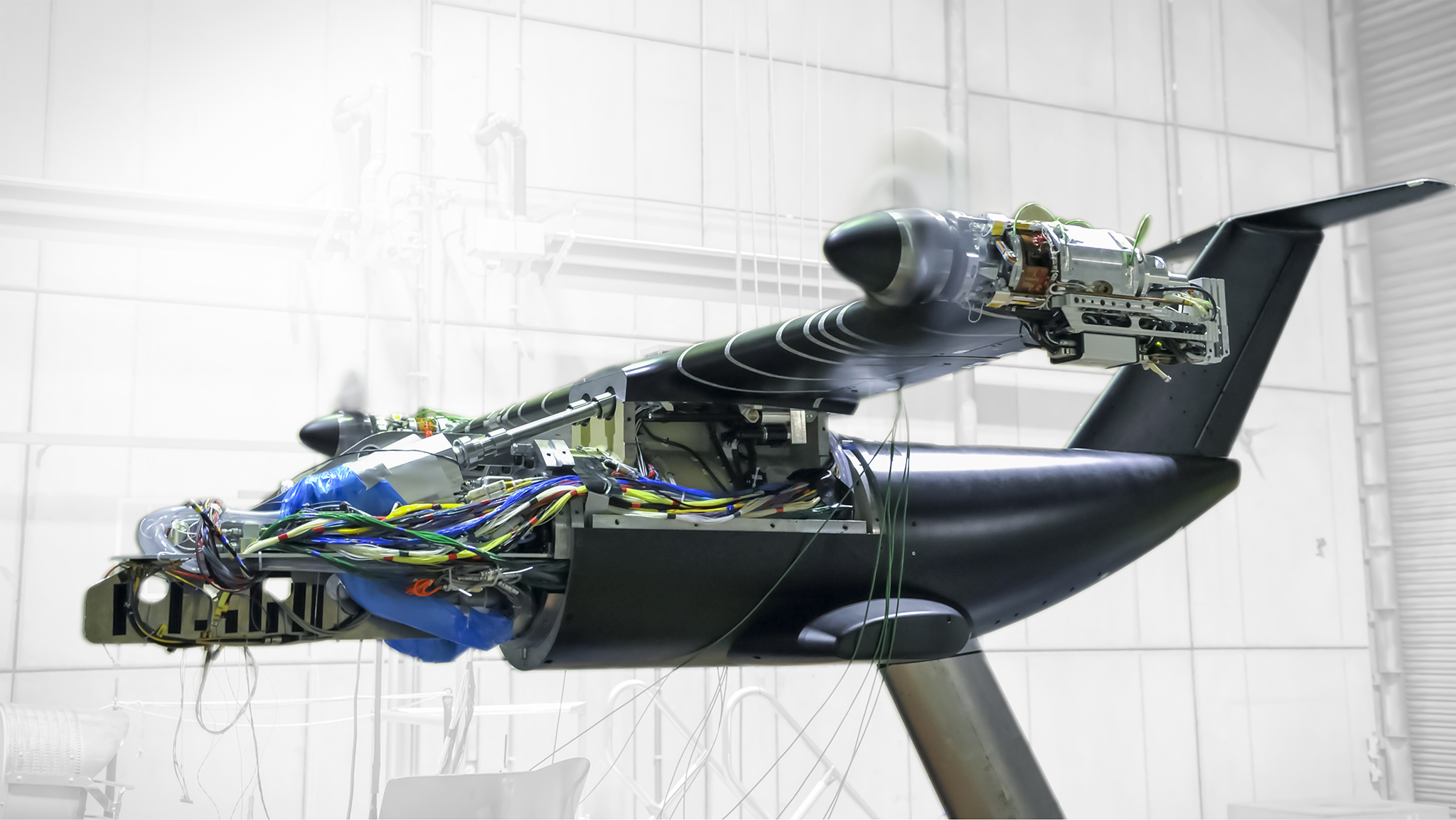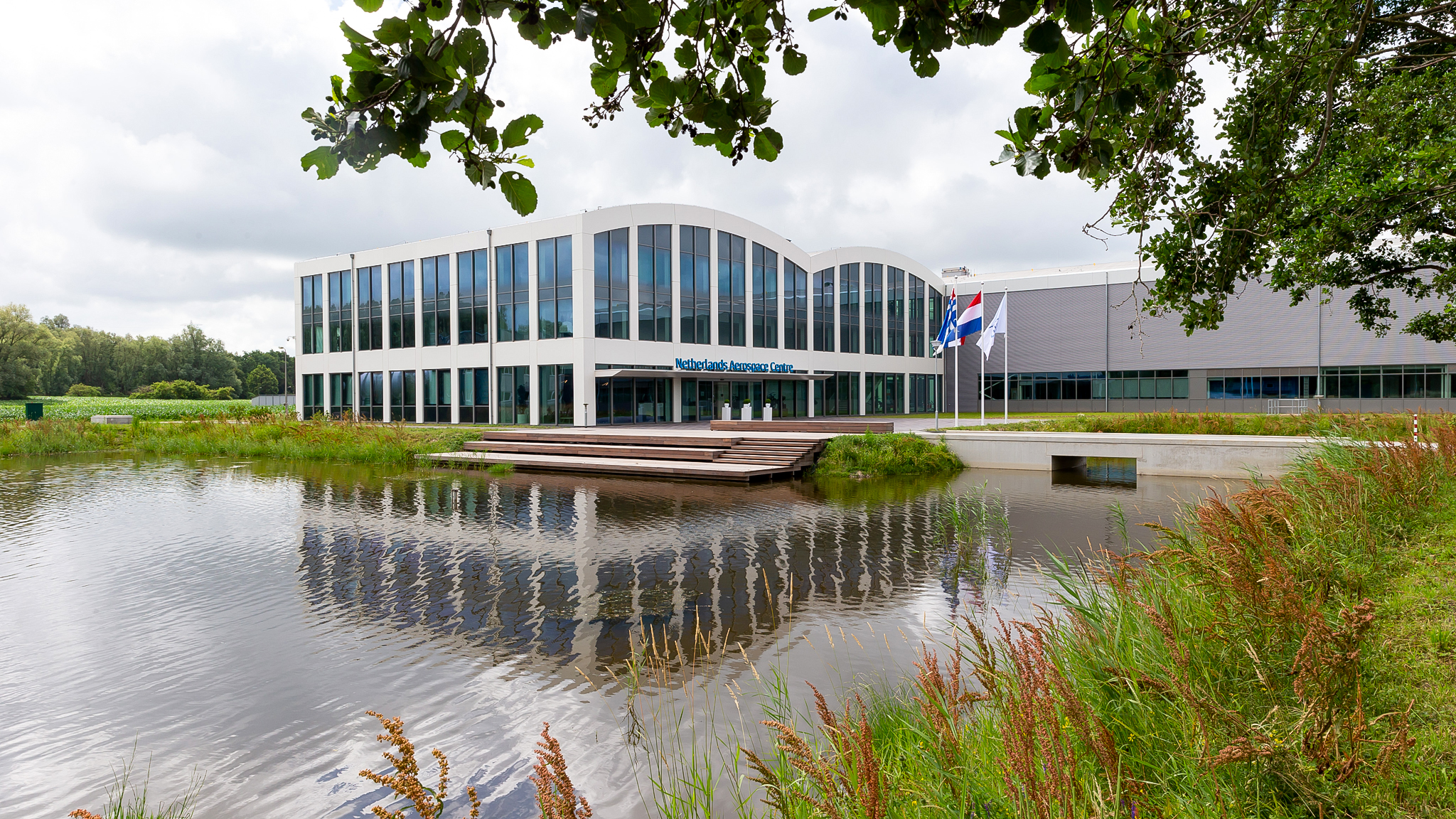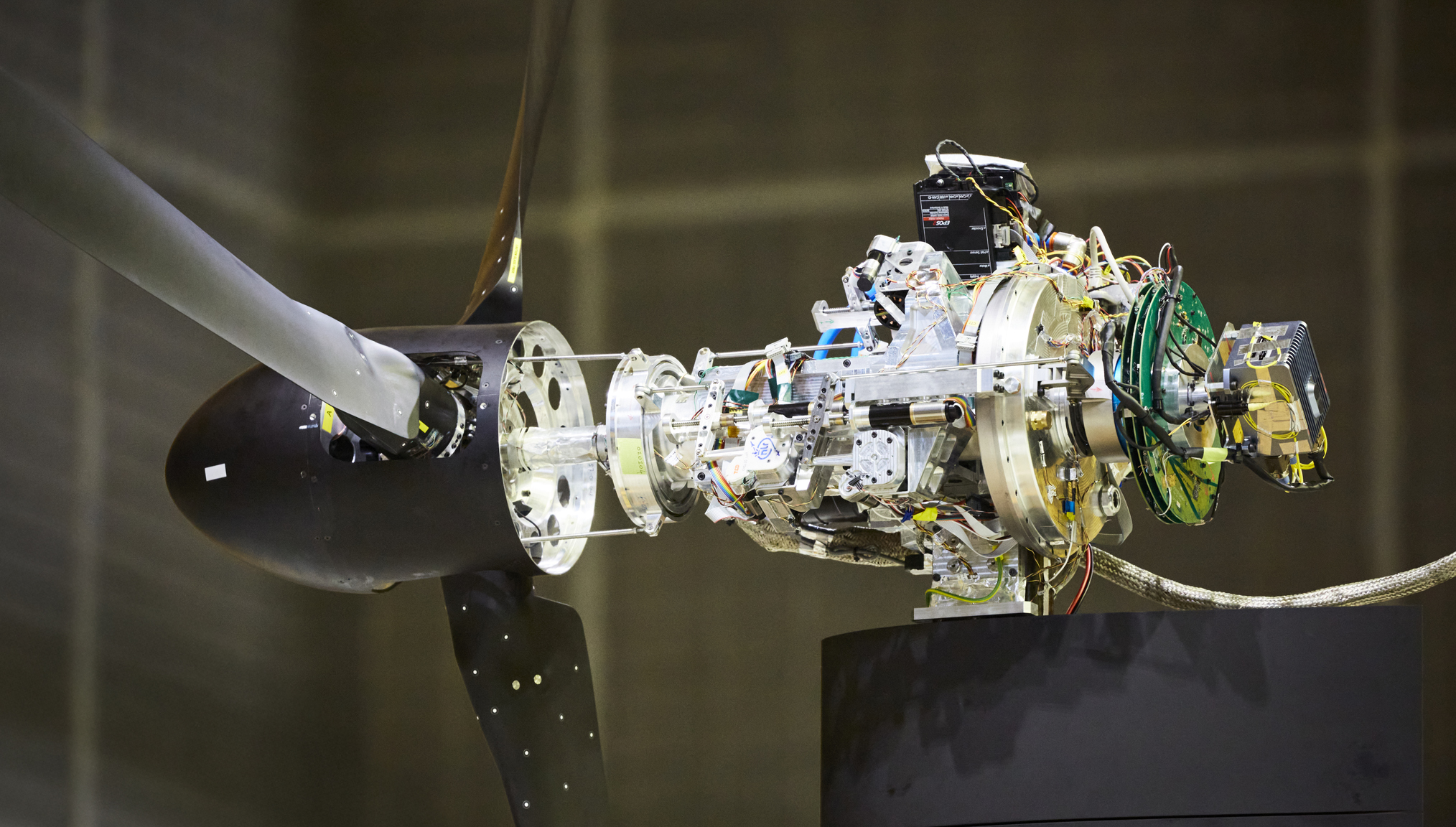
Area of expertise
Platform technology and system design
The aerospace industry is innovating in every possible way. NLR develops the knowledge that enables companies to develop new, more sustainable aircraft. This includes new aircraft concepts (including vertical flight platforms and drones), more efficient aerodynamic shapes and new methods of propulsion, aeroacoustics, avionics systems, and power and thermal management.
Outline of the research
Aircraft concepts
We conduct research using computational physics and theoretical aerodynamics: the simulation and modelling of aircraft components such as engines, wings, high-lift systems, control surfaces and propellers, as well as entire platforms. In addition, we study aeroelasticity and aircraft loads: determining structural loads on aircraft components and the interaction between these loads, the structure and control surfaces. The emphasis thereby is on high-fidelity analyses. In the field of Vertical Flight Technology, we study the design, modelling, simulation, testing, certification and operation of conventional and innovative aircraft configurations of, among others, helicopters, (next-gen) rotorcraft and drones.
We conduct research into increased freedom of operation to fly further, longer and with more cargo Beyond Visual Line of Sight (BVLOS), and manned-unmanned teaming and swarming in both a military and civilian context.
Aeroacoustics
We conduct aeroacoustic and experimental aerodynamic research into quieter and more sustainable aircraft concepts. In doing so, we develop knowledge in the field of new aircraft concepts, in combination with noise regulation and certification. This not only strengthens our role as a consultant to the Dutch government but also enables us to contribute to European policy in the field of (aircraft) noise.
Avionics systems
Avionics systems are a crucial part of modern civil and military aerospace platforms. Important factors include compactness, high reliability, low energy consumption and mechanical robustness. In addition, avionics measurement systems are essential during wind tunnel testing and flight tests. We also conduct research into avionics for wind tunnel models, SmallUAS, SmallSat and LH2 systems.
Power and thermal management
We study the distribution of electrical energy and the conditioning of fuel cells in new aircraft concepts and drones. We also develop cooling systems for both aviation and aerospace.
Some of our projects
Avionics Technology- Wind Tunnel Instrumentation Test Bed
The emerging trend in the market for wind tunnel models, SmallUAS and SmallSat is moving towards larger measurement campaigns and missions that require greater performance and reliability of the electronics than the current technology. Key requirements include small size, high reliability, low-power and mechanical robustness. With many corresponding requirements in the different application domains, this allows for harmonisation of technology (components and architecture) and processes. In 2023, development continued for NLR’s high-performance wind tunnel model instrumentation technology with a focus on greater channel density combined with high measurement frequencies, compact size, high rotation speed and real-time data processing.
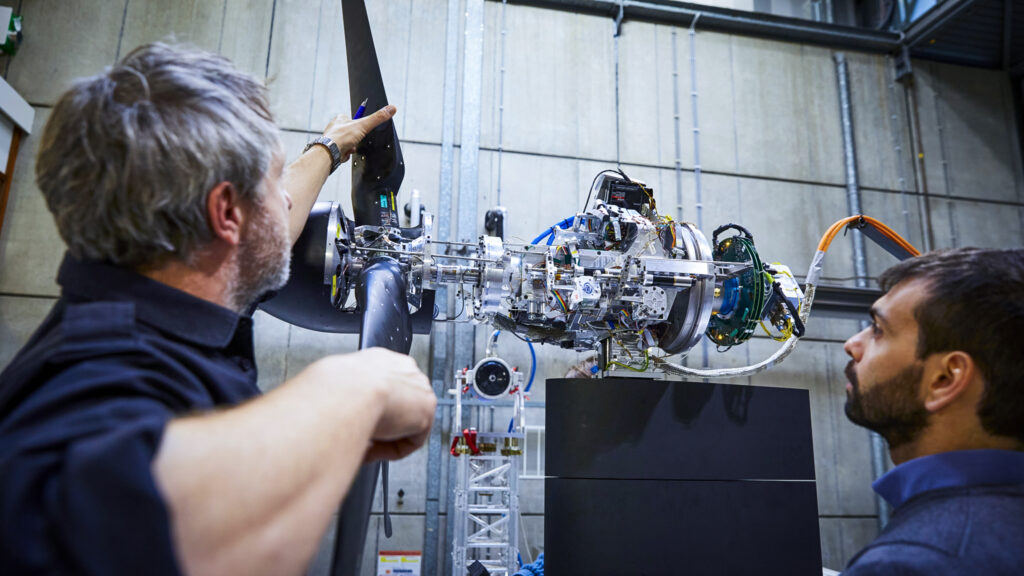
New aircraft configurations for hybrid-electric flying
A literature review was conducted on the opportunities and challenges for the use of batteries as part of the structure (structural batteries) in electric aircraft. Conceptual designs were created of and the corresponding performance analysis results were obtained using the NLR MASS tool, for hybrid-electric and fuel cell-electric configurations of regional turboprop aircraft (based on the ATR 42 and ATR 72).
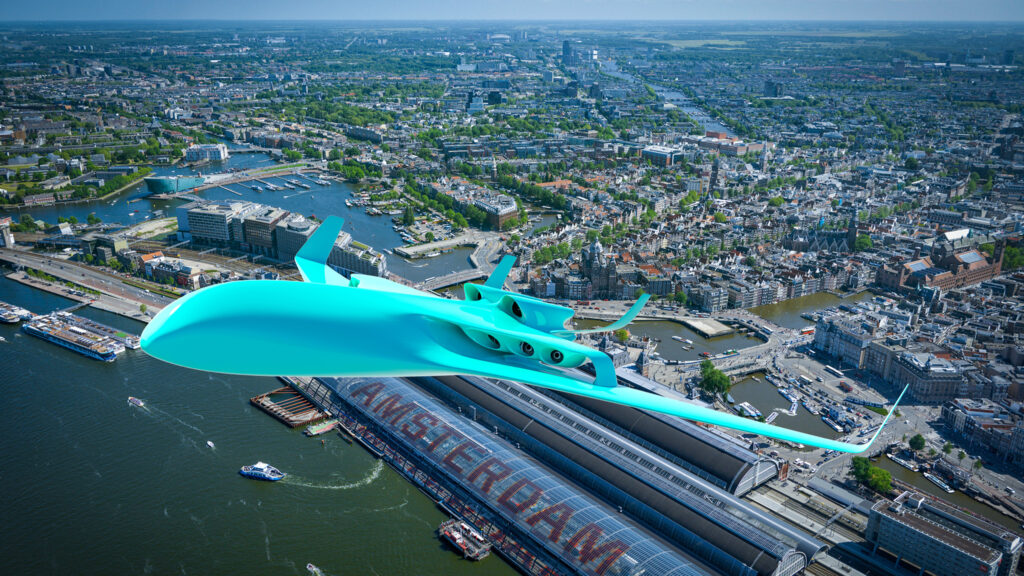
INVENTOR: Innovative Design Of Installed Airframe Components For Aircraft Noise Reduction
INVENTOR focused on airframe noise reduction. Numerical simulations of a high-lift configuration with a slat track were completed and validated based on measured data. A hybrid RANS-LES method was used for these simulations, where the turbulent eddies around the slat track in particular are accurately calculated based on LES. Both calculations and measurements show an increase in noise due to a single slat track of 5 dB over a wide frequency range. The calculated flow field around the slat track were also well in line with PIV measurements.
PIV stands for ‘Particle Image Velocimetry’, an optical measurement technique used to measure the velocity and direction of particles in a fluid or gas. This project has received funding from the European Horizon 2020 research and innovation programme.
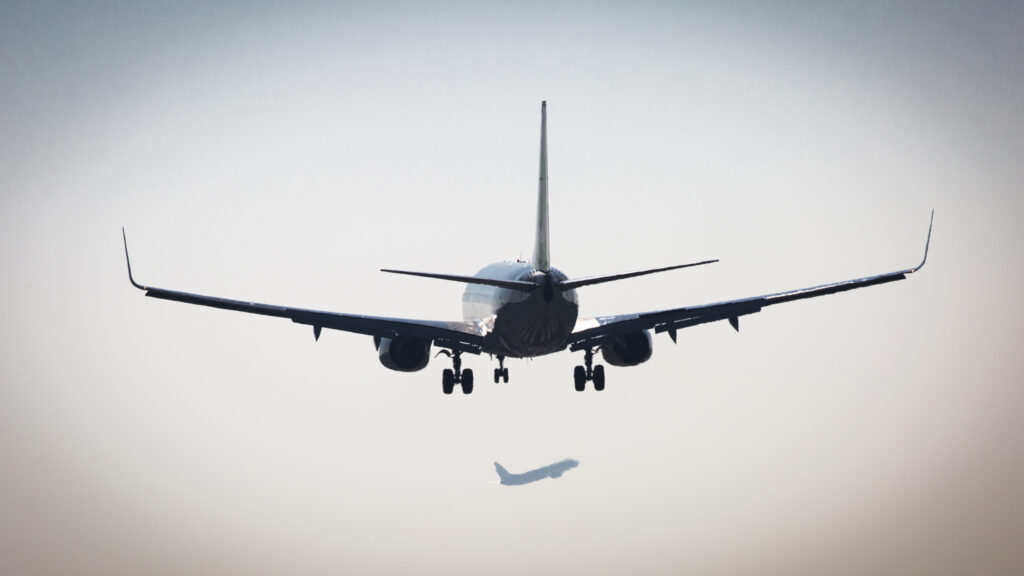
Novel Aircraft Configurations and Scaled Flight Testing Instrumentation (NOVAIR)
The emphasis was on integrating new technologies and designing and testing new aircraft configurations. The concept of ‘Hybrid Electric Propulsion’ (HEP) was further developed, followed by a free-flying scale model. In flight tests, the scale model, with distributed electric propulsion, generated information on flight characteristics, which were analysed with regard to the benefits of future aircraft with this technology.
This project received funding from the European Clean Sky 2 Joint Undertaking (JU) research and innovation programme.

